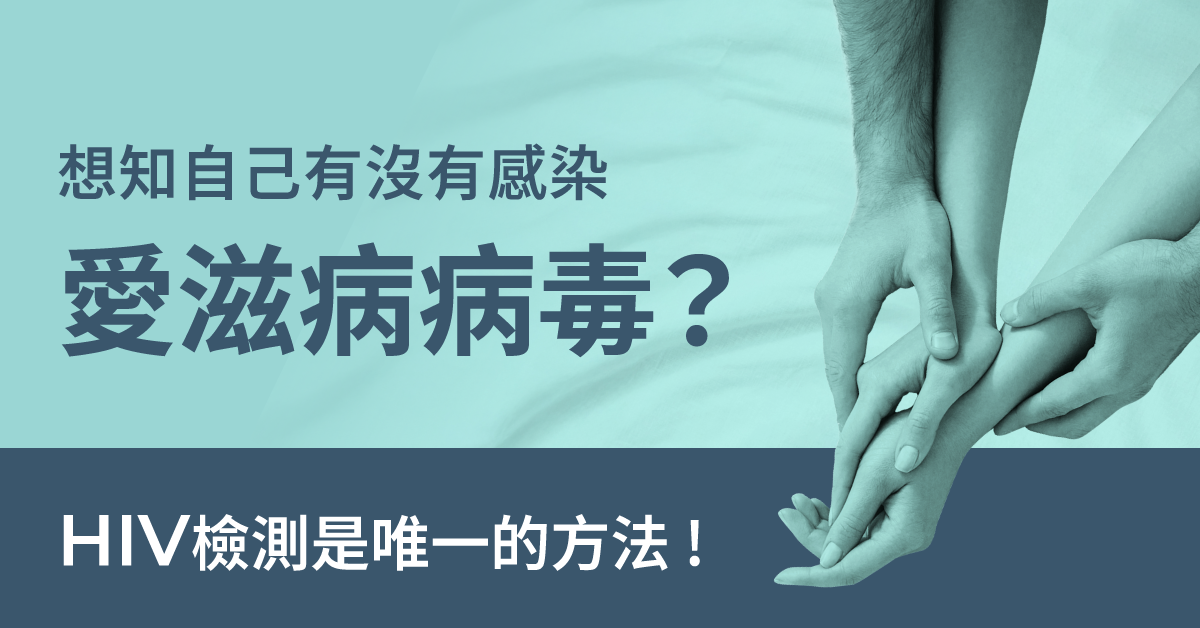Understanding Candida Albicans: From Causes to Treatment!
2025-9-15

Candidiasis is a common fungal infection caused by the overgrowth of Candida albicans in the vagina, typically affecting women’s vaginal mucosa. Also, men can also be infected it through contact. Candida albicans is a normal part of the body’s microbial flora which found on the skin, mouth, gut and vagina. It is usually harmless in a healthy state. However, when immunity weakens, hormone levels fluctuate (e.g. during pregnancy or with contraceptive use), antibiotics are taken or a warm, moist environment persists. Candida albicans can grow out of control, leading to infection. Therefore, when suspicious symptoms arise, seeking medical attention and getting tested promptly is crucial. It’s not recommended to wait for the body to heal on its own or having sexual activity during infection. Testing and treatment should be done as soon as possible to prevent the infection from worsening or recurring.
1. 白色念珠菌是甚麽
2. Common Symptoms and Incubation Periods of Candida Albicans
3. Causes of Candida albicans
4. How Candida Albicans Spreads and Its Causes
5. Candida Albicans Testing Methods
6. 白色念珠菌的治療及預防
7. 常見問題
1. What Is Candida Albicans
Candida albicans is a common fungus belonging to the Candida genus which widely present in the human body on the skin, mouth, gut and vagina. Under normal conditions, Candida albicans maintain an ecological balance with other microorganisms and posing no harm to health. However, when the immune system weakens or the microbial balance is disrupted, Candida albicans can overgrow and lead to candidiasis. This condition can affect various areas such as mouth (commonly called thrush), vagina (vaginal yeast infection) or skin. In severe cases, it can lead to systemic infections which are particularly dangerous for immunocompromised individuals (e.g., those with HIV or undergoing chemotherapy). Statistics show that 75% of women experience at least one vaginal yeast infection in their lifetime, 40% have recurrent infections and 5% suffer from three infections within a year¹. Thus, when infection symptoms (e.g. itching, abnormal discharge) appear or for individuals with recurrent infections, testing is essential. This can effectively help in diagnosis, guide treatment and manage infection risks.
2. 常見病徵以及白色念珠菌的潛伏期
Infections with Candida albicans don’t have a specific incubation period because it’s not a classic sexually transmitted disease but rather caused by an imbalance in the body’s own microbial flora. Common symptoms include:
- White, cheese-like cottage or cheesy vaginal discharge.
- Itching or redness of the vulva.
- Burning sensation in the vagina.
- Pain during sexual intercourse.
- Burning at the urethral opening and difficulty urinating.
- Red spots, itching or burning on the penis head, occasionally with white patches or mild discharge. (Male symptoms)
Although Candida is not transmitted to sexual partners through sexual activity, sexual contact with an infected individual may disrupt the vaginal environment and trigger overgrowth of pre-existing Candida in the partner’s body, leading to symptoms. When suspicious symptoms appear, timely testing is necessary to confirm the diagnosis and receive standardized treatment. During treatment, sexual activity should be avoided to prevent worsening discomfort or mutual irritation.
Learn more about INDICAID STD Urine Test and other Test

3. Causes of Candida albicans
白色念珠菌喜歡濕和暖的環境,因此人類的不同部位都有一定數量的念珠菌存在,以下情況會改變陰道微生物的生態平衡,使陰道內的念珠菌數量增加而引起不適:
- During pregnancy, before or after menstruation or when using oral contraceptives.
- 經常性服用抗生素、長期服用類固醇或免疫抑制劑
- Wearing tight, non-breathable underwear.
- Having diabetes.
- 陰道灌洗
- 陰道灌洗
- Frequent or high-risk sexual activity may alter the vaginal microbiome or trigger overgrowth of existing flora in the sexual partner.
4. How Candida Albicans Spreads and Its Causes
While candidiasis is not classified as a classic sexually transmitted disease, it is associated with sexual activity. Transmission routes include:
- Sexual Contact: Sexual activity (especially vaginal intercourse) can transfer Candida albicans from an infected person to their partner. Common symptoms like balanitis in men or recurrent infections in women.
- Indirect Transmission: Sharing towels, underwear or unclean sex toys may facilitate fungal spread although this is not a primary route.
- Mother-to-Child Transmission: Pregnant women with vaginal candidiasis may pass the infection to their newborn during childbirth and cause oral thrush.
- Self-Infection: Most cases arise from an individual’s own microbial imbalance rather than external transmission but sexual activity can worsen symptoms or trigger recurrence.
Even though most cases are self-induced, sexual activity still carries a risk of infection. Regular STD testing, sharing results with partners, and using protective measures like condoms are recommended to reduce risk. Maintaining a single sexual partner or reducing the number of partners can also significantly lower the chance of infection. Pregnant women should get tested for Candida albicans during pregnancy to protect their newborns.
5. Candida Albicans Testing Methods
Candida Albicans Testing Methods
- Urine Testing:檢測尿液樣本中淋病雙球菌特有的DNA或RNA
- Swab Sampling:Collects samples from affected areas (genitals, throat or rectum) for DNA or RNA testing, bacterial culture, or smear analysis., Detects Candida albicans-specific DNA or RNA in urine samples.
一般不需進行無症狀的例行性篩檢。檢查和治療僅在出現感染症狀(如瘙癢、異常分泌物等)時才需要進行。如果您有症狀,應及時就醫,並告知性伴侶(因其可能需同時檢查治療,以防反覆交叉感染)。孕婦若出現症狀,也應積極檢測和治療,以降低傳染給新生兒的風險。
6. Candida Albicans Treatment and Prevention
Treatment for vaginal candidiasis and related infections depends on symptom severity and the extent of infection:
- Topical Treatment: Women can use antifungal vaginal suppositories or creams (e.g. Clotrimazole, Miconazole) while men can use topical antifungal creams for localized symptoms.
- Oral Medications: Fluconazole is suitable for cases where topical treatment is inconvenient, for recurrent infections or for more severe cases.
Prevention Measures:
- If a sexual partner has symptoms or there’s recurrent cross-infection, both partners should be treated simultaneously to prevent recurrence.
- Keep the genital area clean and dry, avoid tight clothing, use condoms to reduce transmission risk and avoid unnecessary antibiotic use.
- For recurrent infections, check for underlying conditions (e.g., diabetes or immune deficiencies) and consider long-term antifungal prophylaxis.
Candida albicans is not something to fear. It is a common and treatable condition. Understanding Candida albicans and taking preventive measures, along with timely testing can reduce risks. Don’t let shame stop you from addressing it—delaying can lead to missing the best treatment window. If you suspect an infection, you should avoid self-medicating and follow a doctor’s instructions for the best recovery.


